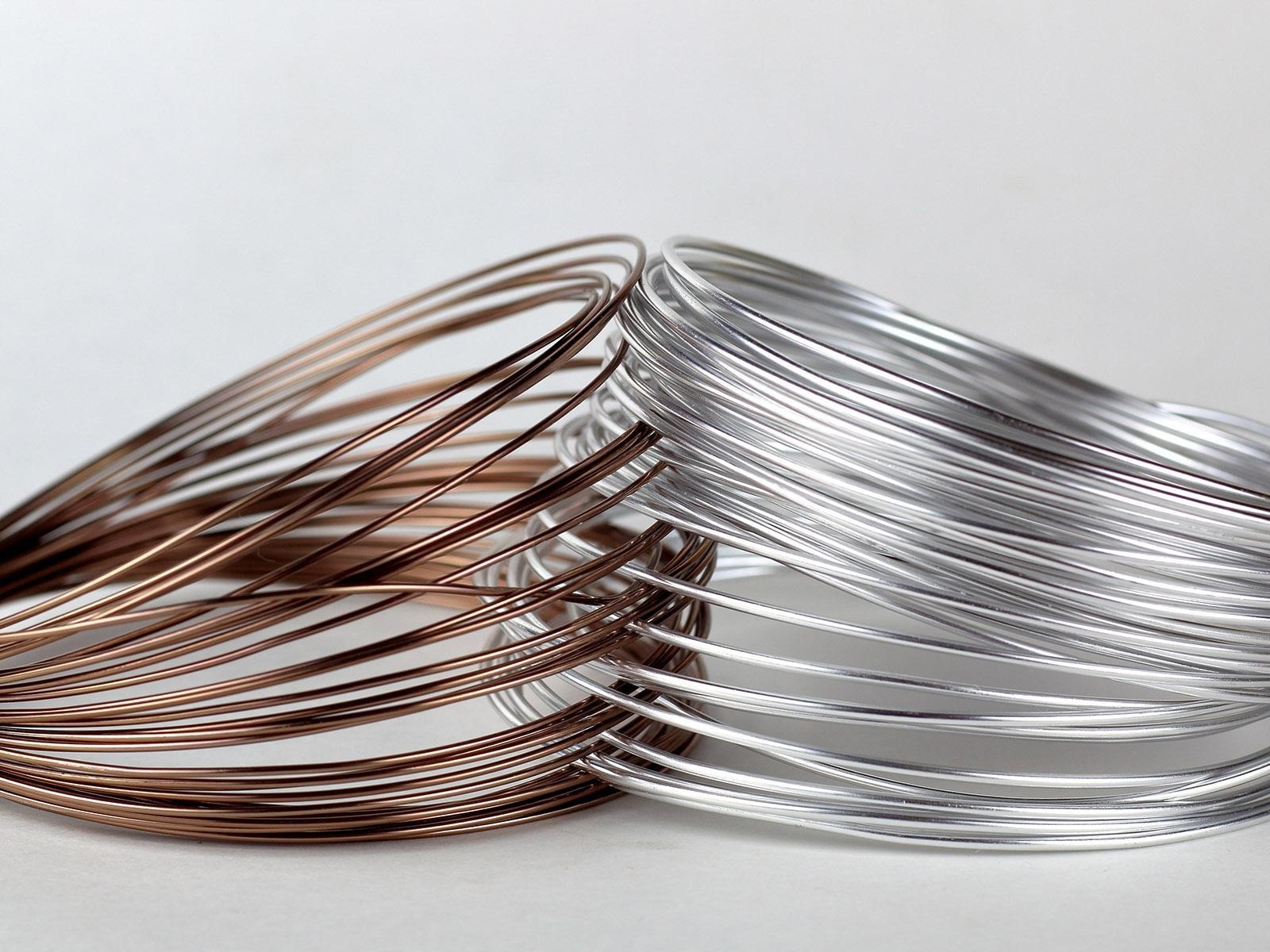Copper currently reigns supreme in the realm of energy. With recent research from the Pacific Northwest National Laboratory (PNNL) offering a formula to boost aluminum’s conductivity and make it economically competitive with copper.
 A new theoretical model provides a recipe for ultra-conductive aluminum, which would be an affordable alternative to copper. Image Credit: Aleksei Kochev/Shutterstock.com.
A new theoretical model provides a recipe for ultra-conductive aluminum, which would be an affordable alternative to copper. Image Credit: Aleksei Kochev/Shutterstock.com.
This study opens the door to trials that, if completely realized, might result in an ultra-conductive aluminum substitute for copper that is usable in markets outside of transmission lines and transforms cars, electronics, and the power grid.
What if you could make aluminum more conductive—even 80% or 90% as conductive as copper? You could replace copper and that would make a massive difference because more conductive aluminum is lighter, cheaper, and more abundant That is the big picture problem that we are trying to solve.
Keerti Kappagantula, Study Co-Author and Materials Scientist, Pacific Northwest National Laboratory
Copper vs. Aluminum
The demand for copper is quickly surpassing its supply, which is increasing its price. Even though copper is a fantastic electrical conductor and is used in everything from cell phones to the underwater cables that power the internet, it is unavoidably becoming increasingly scarce and expensive.
With the growing popularity of electric vehicles (EVs), which require twice as much copper as conventional vehicles, these difficulties are only anticipated to worsen. Additionally, copper is heavy, which lowers EV efficiency.
Approximately 60% as conductive as copper, aluminum costs and weighs only one-third as much. But the comparatively poor conductivity of aluminum can be a drawback in several practical applications.
Kappagantula added, “Conductivity is key because a lighter weight wire with equivalent conduction can be used to design lighter motors and other electrical components, so your vehicle can potentially go longer distances.”
“Everything from a car’s electronics to energy generation to transmitting that energy to your home via the grid to charge your car’s battery—anything that runs on electricity—it can all become more efficient,” stated Kappagantula.
The game would alter if aluminum’s conductivity was improved.
Kappagantula stated, “For years, we thought metals couldn’t be made more conductive. But that is not the case. If you alter the structure of the metal and introduce the right additives, you can indeed influence its properties.”
To identify the effects of temperature and structural flaws on aluminum conductivity, Kappangantula and PNNL post-doctoral scholar Aditya Nittala collaborated with Ohio University graduate student Kashi Subedi and Distinguished Professor David Drabold to develop an atom-by-atom recipe to increase aluminum conductivity.
A Model Success
The researchers had to think outside the box since this kind of molecular modeling had never been performed for metals previously. Since prior research has effectively replicated conductivity in these silicon-based materials and certain metal oxides, they looked to semiconductors for inspiration.
The scientists modified these ideas to work with aluminum and did simulations of what would happen to the conductivity of the metal if certain atoms in its structure were removed or changed. These minute adjustments resulted in significant increases in conductivity overall.
Even the team was stunned by the model’s capability to replicate real-world circumstances.
Kappagantula added, “We didn’t think that these results would be this close to reality. This model simulation that is based on the atomic structure and its different states is so precise—I was like, ‘Wow, that's right on target.’ It is very exciting.”
The researchers now have a clear theoretical formula for changing metal conductivity, and they intend to test how much more conductivity they can get out of aluminum in the lab to match theory with experiment. Using the same models, they are now looking at the prospect of making other metals more conductive.
A Recipe for Next-Generation Metals
The fabrication of inexpensive, lightweight, ultra-conductive aluminum might have positive effects on any application that employs electricity or copper, according to the study team, who anticipates that it will have broad-reaching effects.
The Hydro-Innovation and Technology-ENA and the National Science Foundation provided funding for this study. The Advanced Manufacturing and Vehicle Technologies Offices of the Department of Energy are funding development efforts to adapt these findings to particular energy uses.
Journal Reference:
Subedi, K. N., et al. (2022) Electrical conduction processes in aluminum: Defects and phonons. Physical Review B. doi:10.1103/PhysRevB.105.104114.